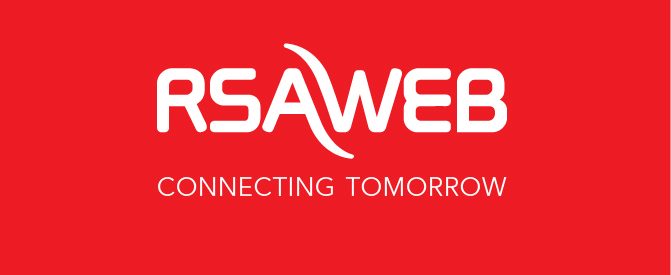Next generation data storage
Faster connectivity requires superior storage
Launched in 2001, RSAWEB is constantly growing and developing, and as the business develops, we find ourselves changing from an Internet Service Provider (ISP) to more of a business hosting company.
Historically in South Africa, our connectivity has been so poor, that businesses have been forced to keep their critical business workloads in-house. But now that connectivity is improving, we are starting to see more businesses move towards Cloud and Cloud-based solutions. It is due to this move that we are increasingly finding the requirement to supply our customers with enhanced storage capabilities, not only for websites but also for business databases or CRM systems, accountancy packages, enterprise resource planning, etc.
As connectivity improves and businesses move to more agile Cloud-based systems, the need for faster storage devices becomes even more apparent. I find this to be a very exciting time, as the next-generation storage devices we are implementing are all flash-based, solid-state drives, which are an order of magnitude better than old drives in a variety of ways.
The additional performance these drives provide also opens the door to other exciting extra features such as allowing storage to be compartmentalised. Typically with old systems, devices would be affected by other people using the system – when additional people needed to use the system at the same time, the system would take strain and slowly, but inevitably, grid to a halt. With next generation storage devices, you can now enforce a minimum level of performance for anyone on a system; a feature that was previously unimaginable.
Faster, safer, better storage
Not only are the new storage devices faster and capable of compartmentalisation, but they are also now far more granular, guaranteeing customers a minimum and maximum level performance and even allowing a user to increase performance at the push of a button. For example, if you are working on a database and that database is put under increased pressure, such as on a particularly busy day like the end of the month, you can now increase the level of performance to scale in line with your requirements.
Time is money – speed is everything
Time is money, and if you have a team working on an old system that slows down dramatically when the workload increases, then you are definitely not optimising your time or resources. Some databases, for example, are very busy, with a lot of the data being loaded and required – IO (input and output), very quickly. Certain processes can take a lot longer to run if you don’t have the systems in place and, so now, if you know you are heading into a busy phase, you can adjust the systems to handle the workload pressure.
Ultimately, utilising new generation storage devices removes the bottleneck, allowing businesses to concentrate on other areas, saving them time as they no longer need to find solutions around legacy issues and guaranteeing them the same level of performance, if not better, to their current business environments.
Improved protection
The newer devices also offer near-continuous data protection for disaster recovery purposes. The server environments can be easily replicated, allowing one to protect against and avoid situations of possible data loss. Not only is this vital for general protection and backup, but this feature also allows businesses to make a major change, test that change and then revert back to a previous point in time and copy the data back should anything go awry.
A final element that I find exciting is that all of the features of the new storage devices can be managed using an API, allowing our customers to schedule changes and maintain and manage their own systems.
At the end of the day, the new storage devices are better at performance, slicker to manage, safer for data storage and offer far better protection. Who could ask for more?
Meet Andrew Cruise
Andrew Cruise is RSAWEB’s manager of all things Cloud and is the man responsible for the team working on the products as well as a portion of product development within the division. Born and raised in Cape Town, Andrew left South Africa at 16 to complete his schooling in the UK. Graduating from Cambridge University with an M.A in Mathematics, Andrew then ventured into the world of investment banking for a few years, before running a small IT support consultancy which he later sold to a larger business. It was the successful sale of this business that led Andrew into the world of Cloud Services, as the business then changed to offer solutions targeted to Hosting Microsoft workloads and business customers. Returning to South Africa, Andrew met Rob Gilmour and Mark Slingsby the MDs of RSAWEB and joined the team in August 2014.
Here are a few articles we have written on Cloud Storage:

